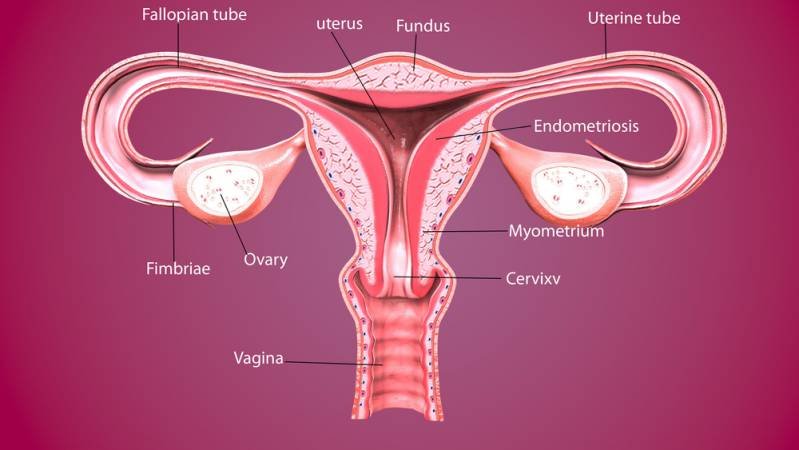
The ovulation period is recognized as the most fertile days in a woman’s cycle. If you are looking to get pregnant, this is the most crucial time in your cycle as the body releases a fertile egg (ovum).

Every woman has a unique length of their cycle. The most common cycle duration is between 23 to 35 days. Any variation of the cycle may occur due to the length ovulation period.
The luteal phase, which signals the progression towards the ovulation period, can last between 12 to 15 days. Many women may start their ovulation cycle on the 14th day. For such women, the fertile window is on day 12, 13, and 14.
However, the timing differs depending on the cycle. For instance, if you have the 35-day cycle, ovulation is likely to occur on day 21, and your fertile days are day 19, 20, and 21. An accurate approach to identifying your fertile days can involve checking the fertility hormones using the ovulation test.
The fertile window of the woman’s cycle is the time when you have a high chance of pregnancy. Technically, chances for pregnancy are highest five days before as well as the ovulation day. Remember that the sperm cell can survive 5 days in the vagina. On the other hand, the fertile egg has 24 hours to live.
There are some changes to look out for as you approach the ovulation period. For instance, variations in temperature, change in cervical mucus, and changes in cervical position. Some women opt to examine the discharge during ovulation. On the other hand, you may opt to check the cervical position.
The cervix is a cylinder-shaped band of tissue that exists between the vagina and the uterus. During menstruation, the blood passes from the uterus, through it, and comes out through the vagina. Usually, it produces cervical mucus (discharge) which can also be used to check for the fertile days.
Its position changes depending on the period you are in. First, during the menstrual cycle, you are likely to experience a low cervix. The cervix is also hard, and slightly open so that the blood can come out. Once the period stops, it remains hard, low, and closed. Its low is an indicator of the “infertile days” and has the feel or the sensation of a dimple once you touch it. It can also feel dry and closed.
As you progress towards ovulation, the cervix changes regarding shape, position, and texture. The peak in estrogen alters the ligaments holding the uterus. As a result, the uterus tightens thereby moving further up the body. Similarly, the cervix pushes up in the vagina. When it is high, it is an indicator that you are on your fertile days. Furthermore, it tends to be soft, wet, and open during ovulation.
At the peak of your ovulation period, the cervix feels more like the lips and can easily be palpated using the fingers. Sometimes it may feel so soft that it is as if it has disappeared. This is the best time to try out for a baby as it signals the peak of your fertile days.
Once the ovulation period is over, it resumes its low position and it feels hard to the touch. If you are pregnant, the cervix is high, soft, and closed. To some women, this can occur as early as 12 days after ovulation. However, some women may not experience this and you may need to confirm using a home pregnancy kit or a visit to a doctor.
You can use the ‘knuckle rule’ to check the cervix position. Here, you start by getting into a comfortable position, either in a standing or sitting position. Using your clean hands, insert the index or middle finger into your vagina and slide it upwards. If you feel some hardness or a mass of muscle that is hard to the touch, then you are not ovulating. If you insert your middle-finger or index finger half-way up and you still do not feel any firm muscle, then it is a medium position and you are heading towards your ovulation period. The cervix starts to show characteristics of fertility about 6 days prior to ovulation.
During ovulation, you will find that it is more difficult to reach the cervix using your finger-tip. Its texture appears similar to your lips. This is a sign that you are on your fertile days (the ovulation peak).
Once ovulation ends, it will resume the usual low, hard, position.
The physiological changes of the cervix are an important secondary approach to checking fertility. You can keep a track of these changes along with changes in the cervical fluid, or the basal body temperatures. Always remember to wash your hands to avoid the risk of infection. Also, you should check it once a day at approximately the same time each day.
Check the cervix position in a relaxed state. Squatting or placing one foot on the toilet seat will help you get a better feel of it. Lastly, remember to empty your bladder before checking the cervix position.